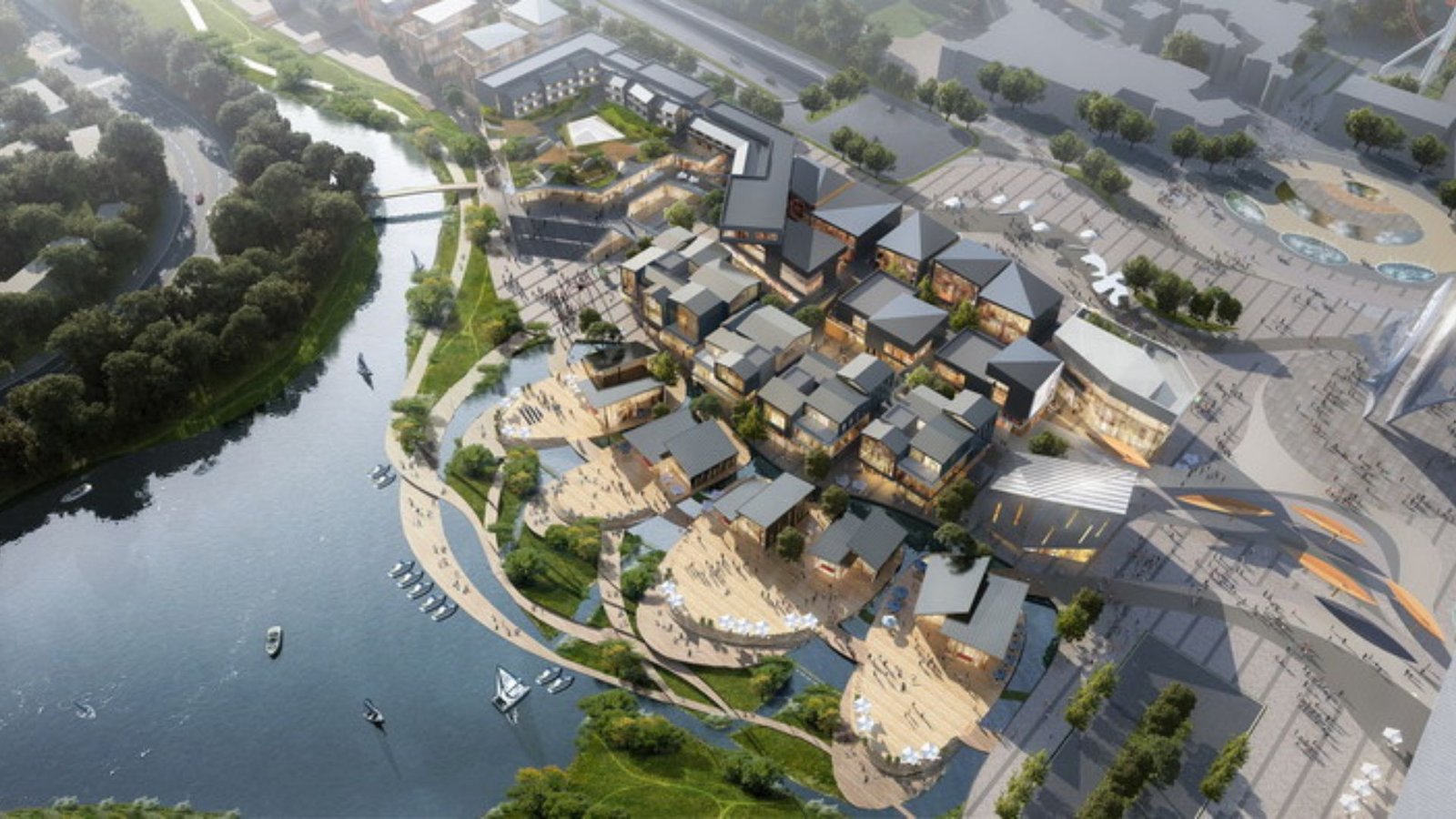How to Design an Architectural Resilient Waterfront Development
Designing an architecturally resilient waterfront development involves more than just aesthetics; it’s about creating spaces that can withstand environmental challenges while maximizing their potential. Whether you’re planning a new project or revitalizing an existing area, thoughtful design is essential to ensure sustainability and longevity. Let’s give you practical steps to guide you through the process of creating a resilient waterfront development.
Designing an Architectural Resilient Waterfront Development
Understanding Environmental Challenges
The first step in designing a resilient waterfront development is understanding the environmental challenges specific to the site. Consider factors such as sea level rise, storm surges, erosion, and climate variability. Conduct thorough research and analysis to assess the risks and vulnerabilities of the area. This knowledge will inform your design decisions and help you implement appropriate strategies to mitigate potential impacts.

Integrating Sustainable Design Principles
Sustainable design principles are at the core of resilient waterfront development. Incorporate green building practices, such as using renewable materials, maximizing energy efficiency, and integrating passive design strategies. Design buildings and infrastructure that minimize their environmental footprint and reduce resource consumption. By prioritizing sustainability, you can create a development that not only adapts to environmental changes but also promotes environmental stewardship.
Implementing Coastal Engineering Solutions
Coastal engineering solutions are essential for protecting waterfront developments from natural hazards. Consider incorporating features such as seawalls, breakwaters, and coastal dunes to mitigate erosion and reduce the impact of storm surges. Work with engineers and experts to design resilient infrastructure that enhances coastal resilience while preserving natural habitats and ecosystems.
Designing Adaptive and Flexible Spaces
Flexibility is key to resilience. Design waterfront spaces that can adapt to changing environmental conditions and user needs over time. Incorporate modular and flexible design elements that allow for adjustments and expansions as necessary. Create multi-functional spaces that serve diverse purposes, such as recreational areas, cultural venues, and commercial spaces, to promote community resilience and economic viability.
Promoting Community Engagement and Accessibility
Resilient waterfront development should prioritize community engagement and accessibility. Involve stakeholders, local residents, and businesses in the planning and design process to ensure their needs and concerns are addressed. Create accessible pathways, public amenities, and recreational facilities that enhance community interaction and inclusivity. Foster a sense of ownership and stewardship among residents to promote long-term sustainability and resilience.
Ensuring Water Management and Quality
Effective water management is crucial for resilient waterfront development. Implement strategies for rainwater harvesting, stormwater management, and wastewater treatment to minimize water consumption and reduce runoff pollution. Design natural water features, such as bioswales and wetlands, to improve water quality and enhance biodiversity. By integrating sustainable water management practices, you can create a development that is both environmentally responsible and resilient to water-related challenges.
Adopting Technological Innovations
Harnessing technological innovations can enhance the resilience of waterfront developments. Explore the use of smart infrastructure, renewable energy systems, and resilient building materials to optimize performance and reduce environmental impact. Incorporate digital tools and data-driven solutions for monitoring and managing environmental conditions, ensuring proactive responses to potential risks and challenges.
Conclusion
In conclusion, designing an architecturally resilient waterfront development requires a holistic approach that integrates environmental, social, and economic considerations. By understanding environmental challenges, integrating sustainable design principles, implementing coastal engineering solutions, designing adaptive spaces, promoting community engagement, ensuring water management, and adopting technological innovations, you can create a development that not only withstands environmental pressures but also enhances quality of life and fosters sustainable growth. A resilient waterfront development not only adapts to change but also thrives in the face of uncertainty, setting a benchmark for sustainable urban development worldwide.



